To view photo images scroll right on laptop or down on Iphone
This work is on hold.
The work, How can you expect me to reconcile, when I know the truth?, was created during the Nigig Residency, January 2018, at Ontario College of Art and Design University (OCADU) Toronto (read Nigig News post here). The work is a mixed media installation, 220 (w) x 180 (d) x 270 (h)cm.
From April 12 to 15, 2018, the work was installed in the group exhibition PUBLIC DISTURBANCE: Politics and Protest in Contemporary Indigenous Art from Canada curated by Galerie SAW Gallery for Supermarket 2018 Stockholm Independent Art. The work was installed in ‘Slaughterhouse 5’ in Slakthusområdet (the Meatpacking district). More info on Supermarket Fair in Stockholm, Sweden available here.
ARTIST STATEMENT:
“How can you expect me to reconcile, when I know the truth?” is a response to the impact of residential school on my family. In the 1920s, children from Manitoulin Island transported from the island to the mainland and segregated into two Jesuit-run boarding schools: the boys in Saint Peter Claver and the girls in Saint Joseph’s.
The installation consists of a child’s cradleboard covered with linen, that references an early 20th century photograph that I sourced from the Smithsonian Institution’s photographic collection depicting a cloth covered cradleboard that was attached to a rope and suspended from the ceiling of a collections storage room. This image evokes for me a strong sense of loss, in particular the loss of the family and stories to which it once belonged, and the information about the maker. Like the majority of museum pieces that were collected from Indigenous peoples, they have lost the song, story, dance, maker and lineage that each object once carried. They only exist now as “objet d’art.”
For this work, I have replicated a cradleboard and overlaid it with a bolt of linen and lashed it in place with rope. Laid on top of the cradleboard is an historical photograph taken of my great-aunt holding my father as a baby taken circa 1922 by my grandmother. The photograph has been printed directly on transparent organza fabric to evoke a ghost-like image. Also printed on the organza is an image that I sourced from the Jesuit Archives in Montreal of the original survey drawing of the two schools along with photographic images of Saint Peter Claver and Saint Joseph’s.
The hemp rope used to suspend the cradleboard is similar to the rope that was used to pull an open boat called the Red Bug behind the motorized Garnier vessel filled with children. The thick hemp rope extends from the cradleboard through two wooden pulleys attached to a wooden yoke that together reference the nautical and the burden of assimilation. Cascading down the rope that pools and coils on the floor are small bronze wire shoe forms that are molded from a child’s wooden shoe last. Some of these wire moccasin-like shoe forms are adorned with deer-hide fringe and electronic components with glass beads to form Anishinaabe floral motifs. The shoes are held transparent and hollow to represent the impact of assimilation and cultural loss, while the shoes that have partial floral motifs represent some aspects of the culture and language that survived to be passed on to future generations. Some of the moccasins are left blanket representing those who died at these schools. The hide fringe reference trail dusters that were once affixed to the heel of moccasins that dragged behind the wearer to erase evidence of their tracks. But these dusters are falling forward representing the experiences and stories of these children that must never be forgotten or erased.
The vinyl text mounted on the wall spells out Debwewin meaning Truth in Anishinaabemowin.
Barry Ace (2018)
For more information on the Spanish Residential Schools (St. Joseph for Girls and St. Peter Claver for Boys) in Spanish, Ontario: The Shingwauk Project. Residential School Research, Archive, and Visitor Centre. Algoma University
 How can you expect me to reconcile, when I know the truth? (2018),wood, hemp rope, metal, linen, organza, bronze screen, electroniccomponents, glass beads, deer hide, cotton thread, vinyl, 284.5 x 271.8 x 134.6 cm.
How can you expect me to reconcile, when I know the truth? (2018),wood, hemp rope, metal, linen, organza, bronze screen, electroniccomponents, glass beads, deer hide, cotton thread, vinyl, 284.5 x 271.8 x 134.6 cm.  How can you expect me to reconcile, when I know the truth? (detail).
How can you expect me to reconcile, when I know the truth? (detail).  How can you expect me to reconcile, when I know the truth? (detail).
How can you expect me to reconcile, when I know the truth? (detail). 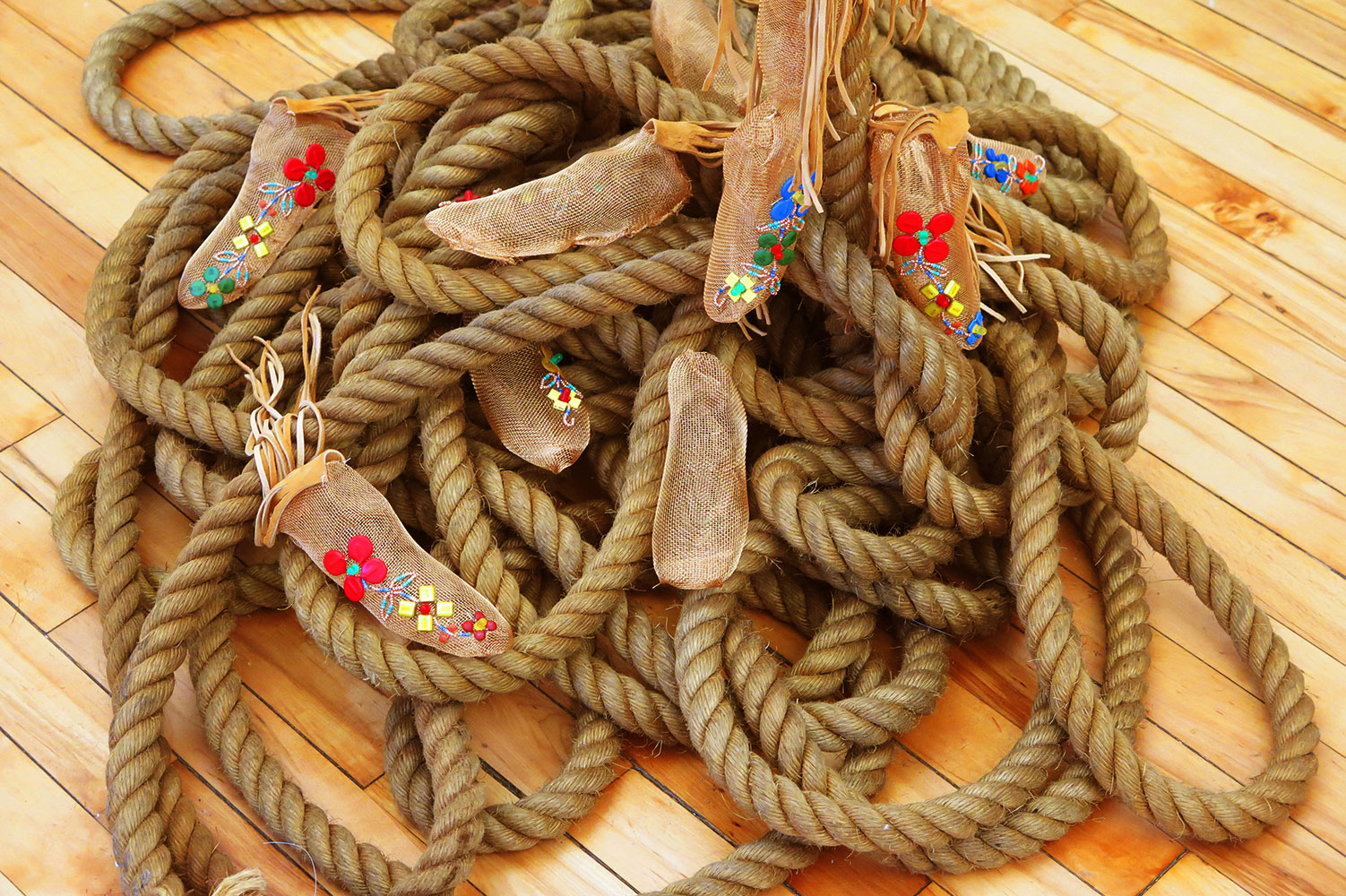 How can you expect me to reconcile, when I know the truth? (detail).
How can you expect me to reconcile, when I know the truth? (detail). 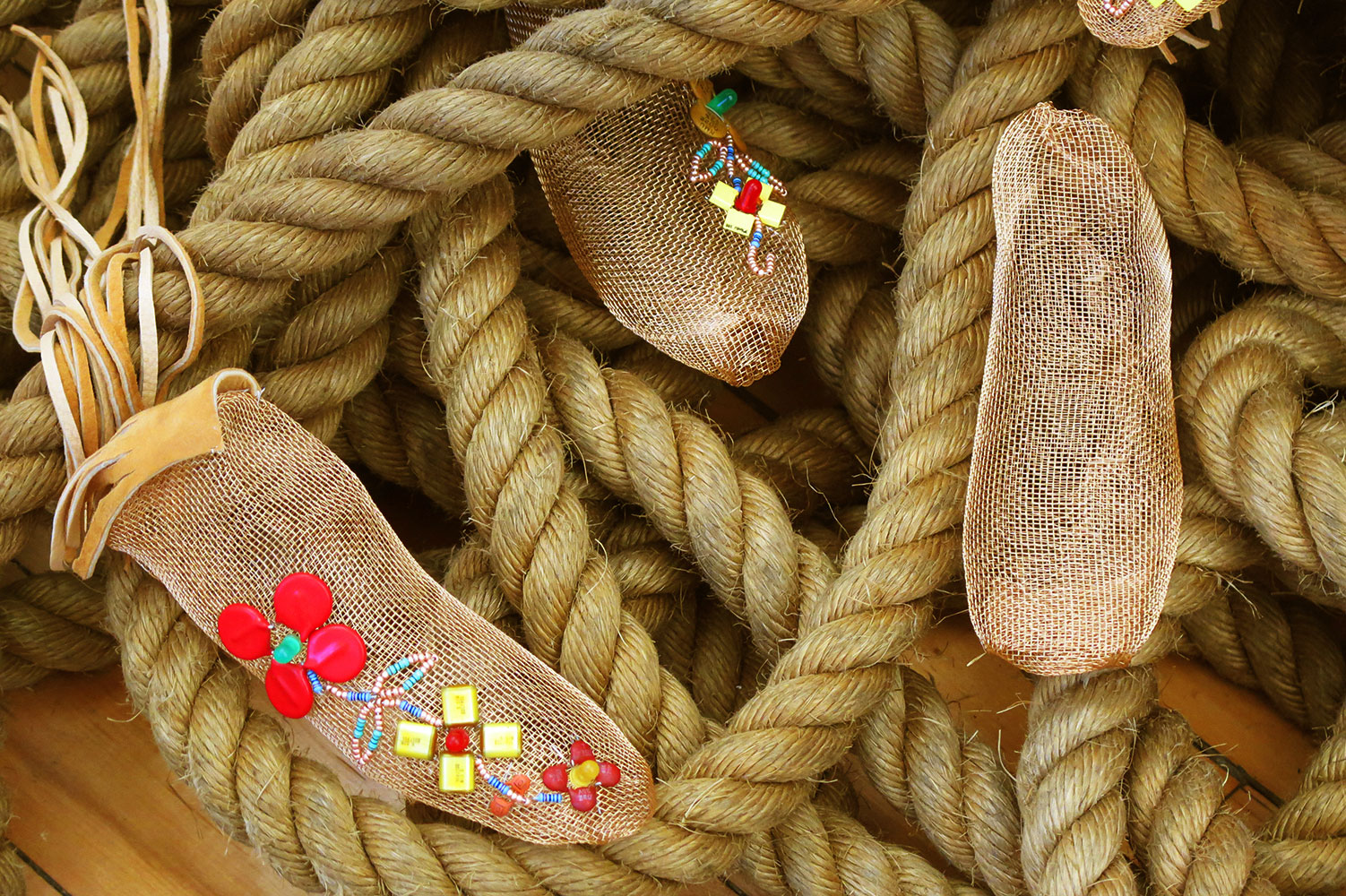 How can you expect me to reconcile, when I know the truth? (detail).
How can you expect me to reconcile, when I know the truth? (detail). 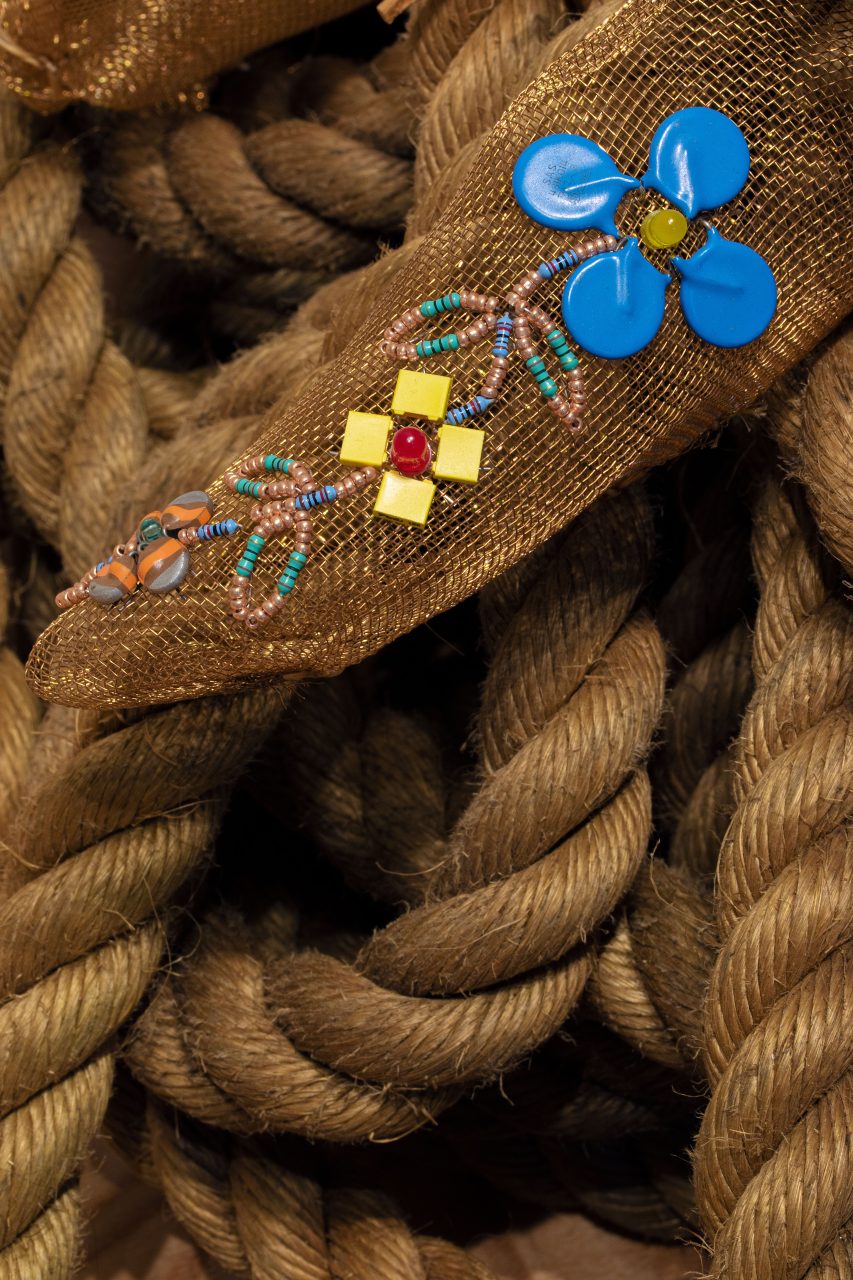 How can you expect me to reconcile, when I know the truth? (detail).
How can you expect me to reconcile, when I know the truth? (detail). 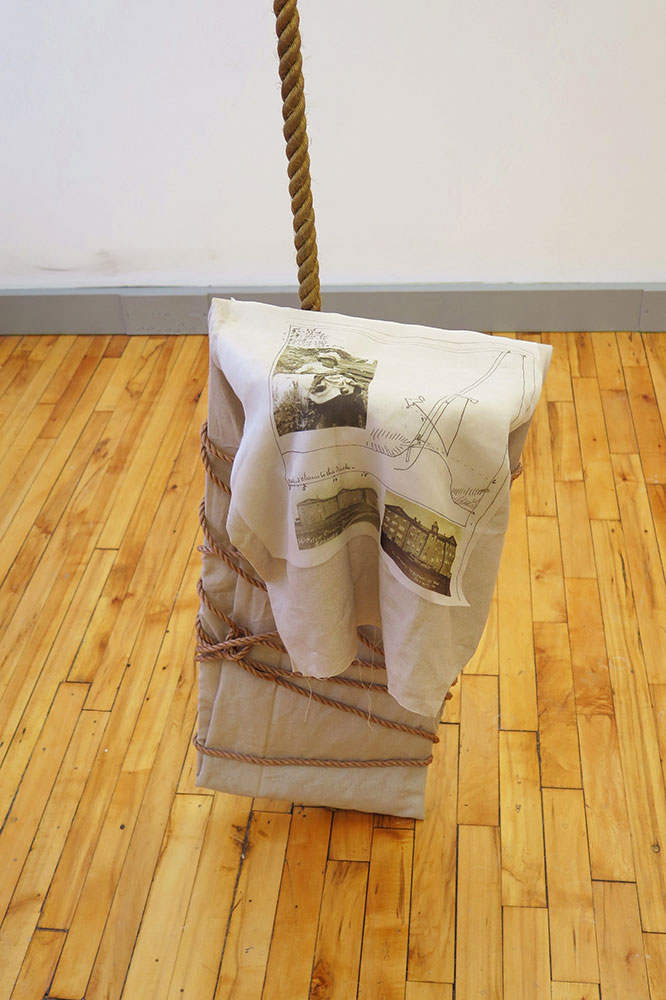 How can you expect me to reconcile, when I know the truth? (detail).
How can you expect me to reconcile, when I know the truth? (detail).  How can you expect me to reconcile, when I know the truth? (detail).
How can you expect me to reconcile, when I know the truth? (detail). 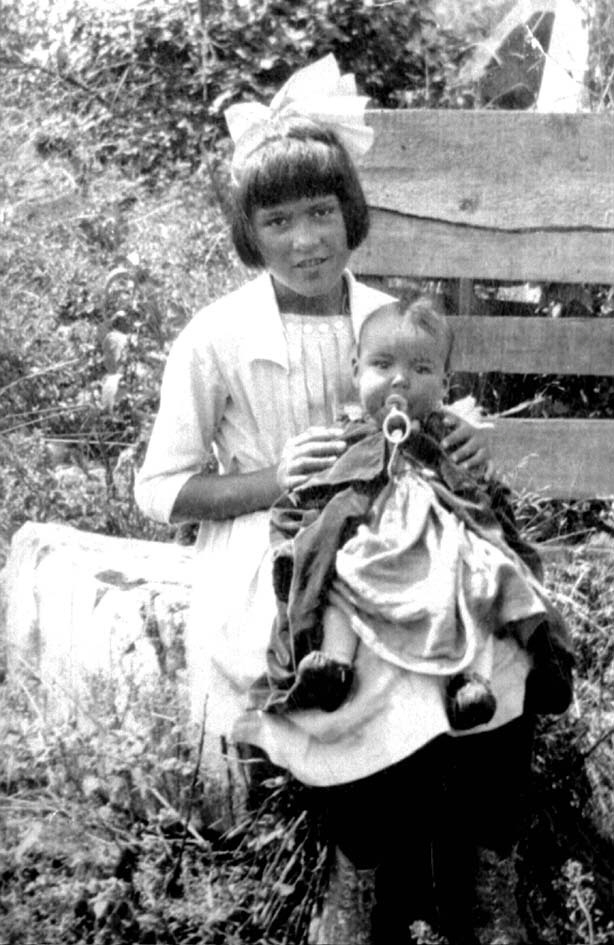 The Artist's Great-Aunt and Father Cecil Ace (M'Chigeeng) circa 1922. Spanish Residential Schools (Spanish, Ontario). Photo: Mary Ace Ense.
The Artist's Great-Aunt and Father Cecil Ace (M'Chigeeng) circa 1922. Spanish Residential Schools (Spanish, Ontario). Photo: Mary Ace Ense. 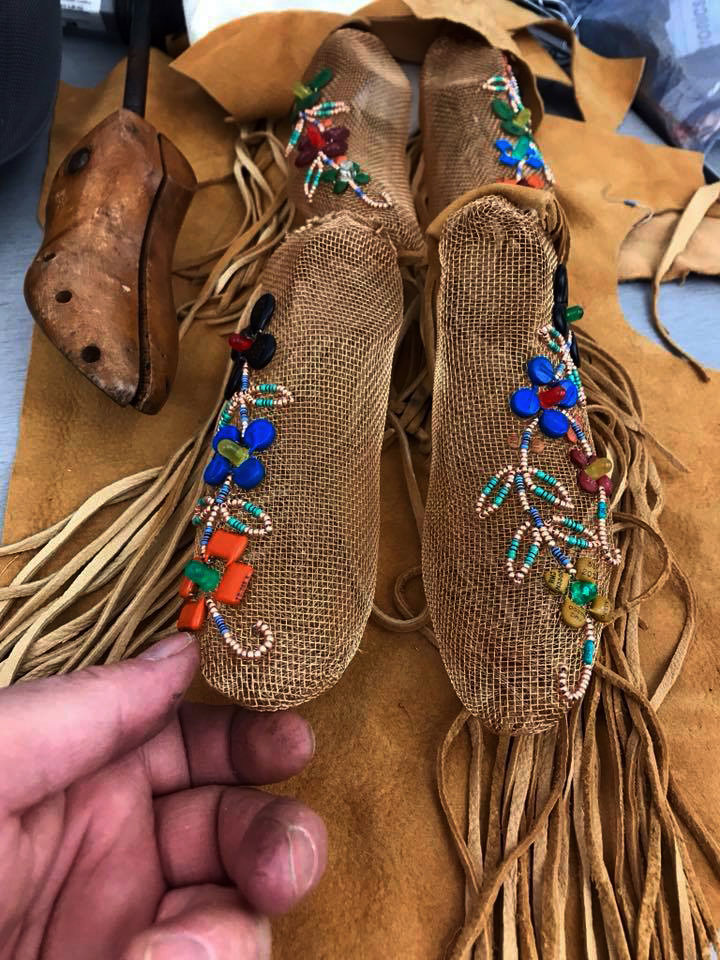 How can you expect me to reconcile, when I know the truth? (detail).
How can you expect me to reconcile, when I know the truth? (detail). 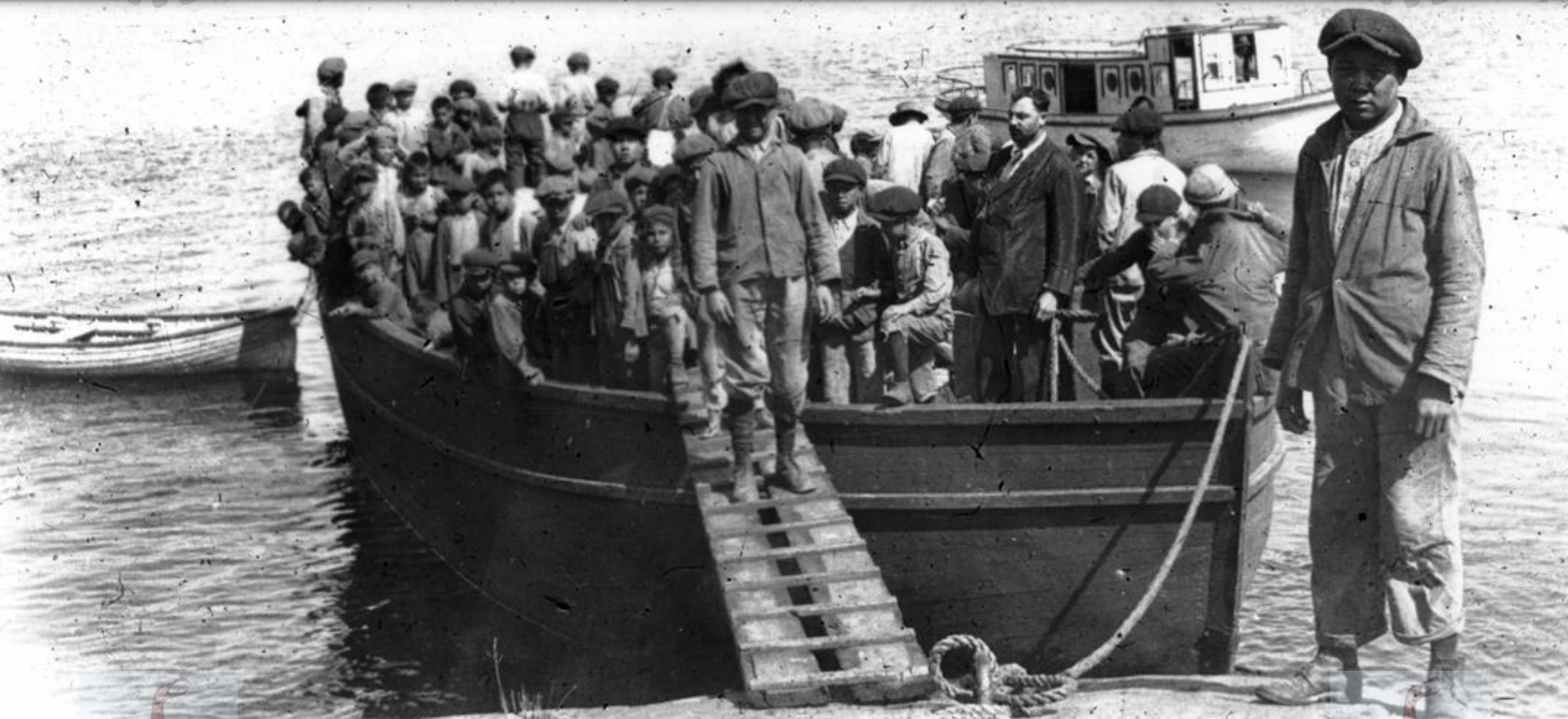 Spanish Residential Schools (Spanish, Ontario). Photo Credit: The Shingwauk Project Algoma University College
Spanish Residential Schools (Spanish, Ontario). Photo Credit: The Shingwauk Project Algoma University College 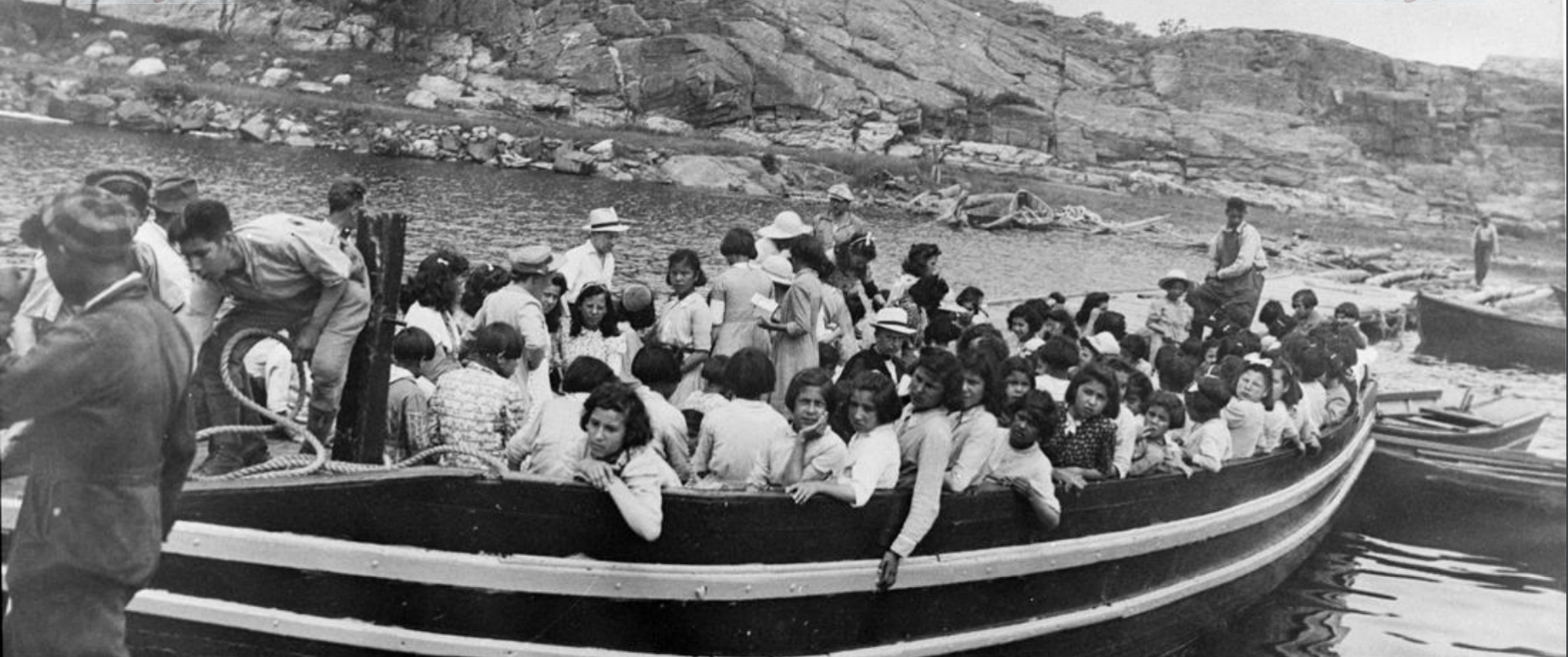 Spanish Residential Schools (Spanish, Ontario). Photo Credit: The Shingwauk Project Algoma University College
Spanish Residential Schools (Spanish, Ontario). Photo Credit: The Shingwauk Project Algoma University College 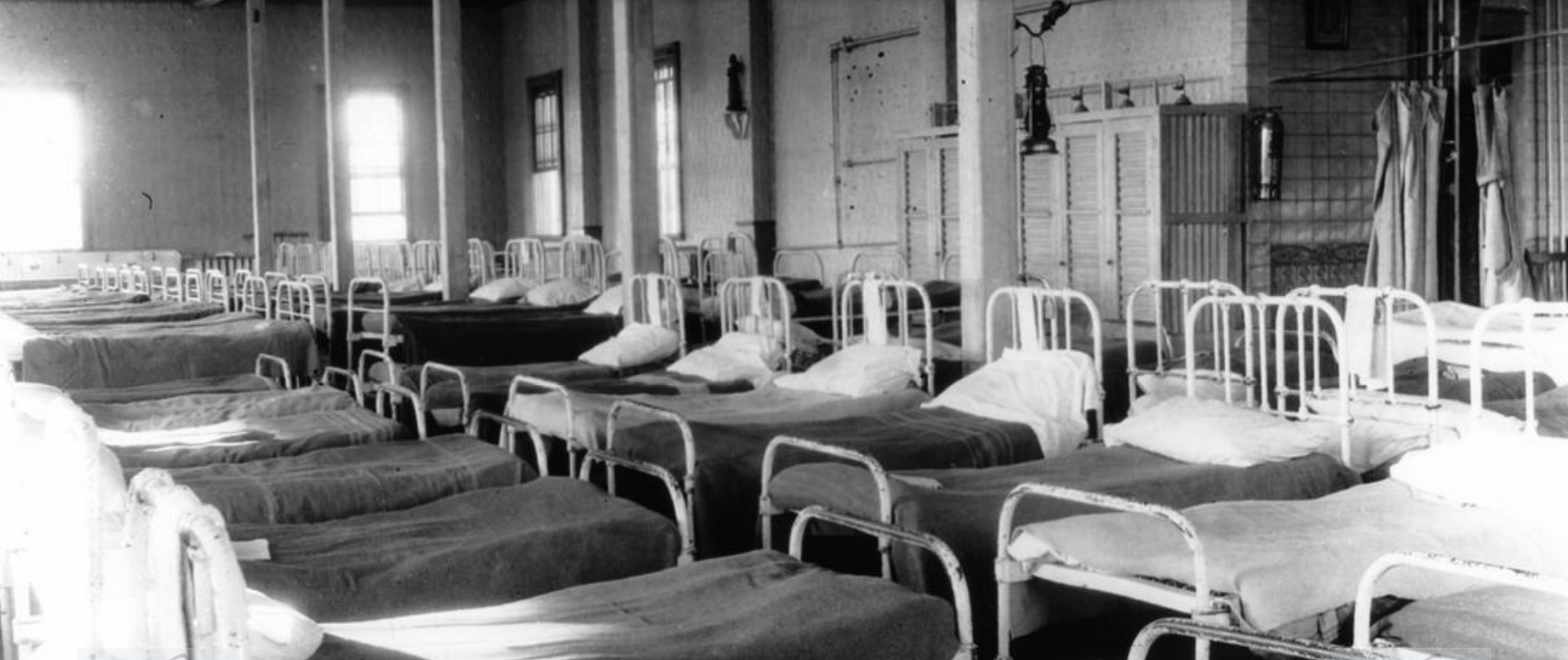 Spanish Residential Schools (Spanish, Ontario). Photo Credit: The Shingwauk Project Algoma University College
Spanish Residential Schools (Spanish, Ontario). Photo Credit: The Shingwauk Project Algoma University College